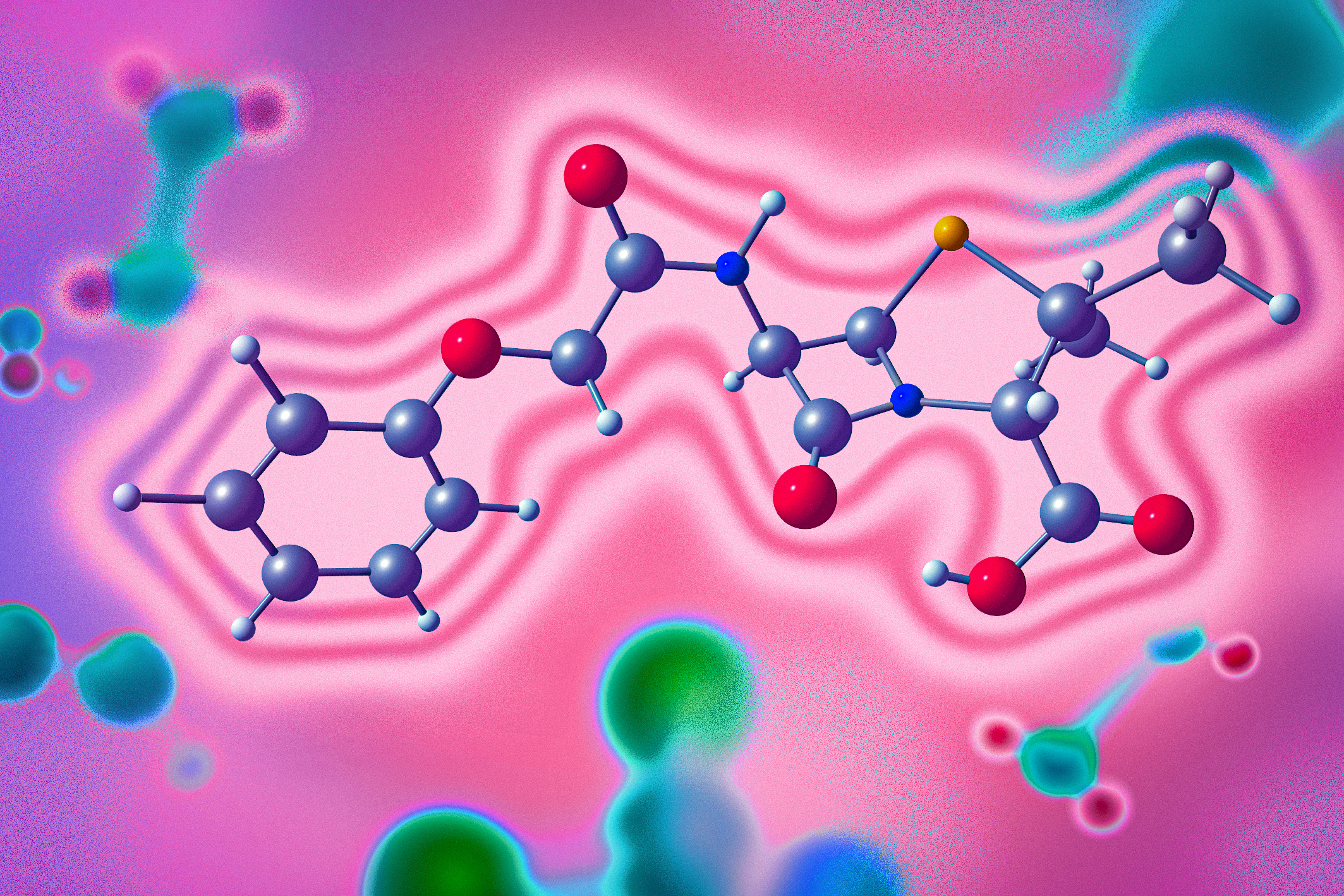MIT Energy Initiative awards seven Seed Fund grants for early-stage energy research
Awards support research to improve the efficiency, scalability, and adoption of clean energy technologies.
The MIT Energy Initiative (MITEI) has awarded seven Seed Fund grants to support novel, early-stage energy research by faculty and researchers at MIT. The awardees hail from a range of disciplines, but all strive to bring their backgrounds and expertise to address the global climate crisis by improving the efficiency, scalability, and adoption of clean energy technologies.
“Solving climate change is truly an interdisciplinary challenge,” says MITEI Director Robert C. Armstrong. “The Seed Fund grants foster collaboration and innovation from across all five of MIT’s schools and one college, encouraging an ‘all hands on deck approach’ to developing the energy solutions that will prove critical in combatting this global crisis.”
This year, MITEI’s Seed Fund grant program received 70 proposals from 86 different principal investigators (PIs) across 25 departments, labs, and centers. Of these proposals, 31 involved collaborations between two or more PIs, including 24 that involved multiple departments.
The winning projects reflect this collaborative nature with topics addressing the optimization of low-energy thermal cooling in buildings; the design of safe, robust, and resilient distributed power systems; and how to design and site wind farms with consideration of wind resource uncertainty due to climate change.
Increasing public support for low-carbon technologies
One winning team aims to leverage work done in the behavioral sciences to motivate sustainable behaviors and promote the adoption of clean energy technologies.
“Objections to scalable low-carbon technologies such as nuclear energy and carbon sequestration have made it difficult to adopt these technologies and reduce greenhouse gas emissions,” says Howard Herzog, a senior research scientist at MITEI and co-PI. “These objections tend to neglect the sheer scale of energy generation required and the inability to meet this demand solely with other renewable energy technologies.”
This interdisciplinary team — which includes researchers from MITEI, the Department of Nuclear Science and Engineering, and the MIT Sloan School of Management — plans to convene industry professionals and academics, as well as behavioral scientists, to identify common objections, design messaging to overcome them, and prove that these messaging campaigns have long-lasting impacts on attitudes toward scalable low-carbon technologies.
“Our aim is to provide a foundation for shifting the public and policymakers’ views about these low-carbon technologies from something they, at best, tolerate, to something they actually welcome,” says co-PI David Rand, the Erwin H. Schell Professor and professor of management science and brain and cognitive sciences at MIT Sloan School of Management.
Siting and designing wind farms
Michael Howland, an assistant professor of civil and environmental engineering, will use his seed fund grant to develop a foundational methodology for wind farm siting and design that accounts for the uncertainty of wind resources resulting from climate change.
“The optimal wind farm design and its resulting cost of energy is inherently dependent on the wind resource at the location of the farm,” says Howland. “But wind farms are currently sited and designed based on short-term climate records that do not account for the future effects of climate change on wind patterns.”
Wind farms are capital-intensive infrastructure that cannot be relocated and often have lifespans exceeding 20 years — all of which make it especially important that developers choose the right locations and designs based not only on wind patterns in the historical climate record, but also based on future predictions. The new siting and design methodology has the potential to replace current industry standards to enable a more accurate risk analysis of wind farm development and energy grid expansion under climate change-driven energy resource uncertainty.
Membraneless electrolyzers for hydrogen production
Producing hydrogen from renewable energy-powered water electrolyzers is central to realizing a sustainable and low-carbon hydrogen economy, says Kripa Varanasi, a professor of mechanical engineering and a Seed Fund award recipient. The idea of using hydrogen as a fuel has existed for decades, but it has yet to be widely realized at a considerable scale. Varanasi hopes to change that with his Seed Fund grant.
“The critical economic hurdle for successful electrolyzers to overcome is the minimization of the capital costs associated with their deployment,” says Varanasi. “So, an immediate task at hand to enable electrochemical hydrogen production at scale will be to maximize the effectiveness of the most mature, least complex, and least expensive water electrolyzer technologies.”
To do this, he aims to combine the advantages of existing low-temperature alkaline electrolyzer designs with a novel membraneless electrolyzer technology that harnesses a gas management system architecture to minimize complexity and costs, while also improving efficiency. Varanasi hopes his project will demonstrate scalable concepts for cost-effective electrolyzer technology design to help realize a decarbonized hydrogen economy.
Since its establishment in 2008, the MITEI Seed Fund Program has supported 194 energy-focused seed projects through grants totaling more than $26 million. This funding comes primarily from MITEI’s founding and sustaining members, supplemented by gifts from generous donors.
Recipients of the 2021 MITEI Seed Fund grants are:
- “Design automation of safe, robust, and resilient distributed power systems” — Chuchu Fan of the Department of Aeronautics and Astronautics
- “Advanced MHD topping cycles: For fission, fusion, solar power plants” — Jeffrey Freidberg of the Department of Nuclear Science and Engineering and Dennis Whyte of the Plasma Science and Fusion Center
- “Robust wind farm siting and design under climate-change‐driven wind resource uncertainty” — Michael Howland of the Department of Civil and Environmental Engineering
- “Low-energy thermal comfort for buildings in the Global South: Optimal design of integrated structural-thermal systems” — Leslie Norford of the Department of Architecture and Caitlin Mueller of the departments of Architecture and Civil and Environmental Engineering
- “New low-cost, high energy-density boron-based redox electrolytes for nonaqueous flow batteries” — Alexander Radosevich of the Department of Chemistry
- “Increasing public support for scalable low-carbon energy technologies using behavorial science insights” — David Rand of the MIT Sloan School of Management, Koroush Shirvan of the Department of Nuclear Science and Engineering, Howard Herzog of the MIT Energy Initiative, and Jacopo Buongiorno of the Department of Nuclear Science and Engineering
- “Membraneless electrolyzers for efficient hydrogen production using nanoengineered 3D gas capture electrode architectures” — Kripa Varanasi of the Department of Mechanical Engineering





